How to Get Rid of Acne Fast: 11 Breakout Treatments That Actually Work
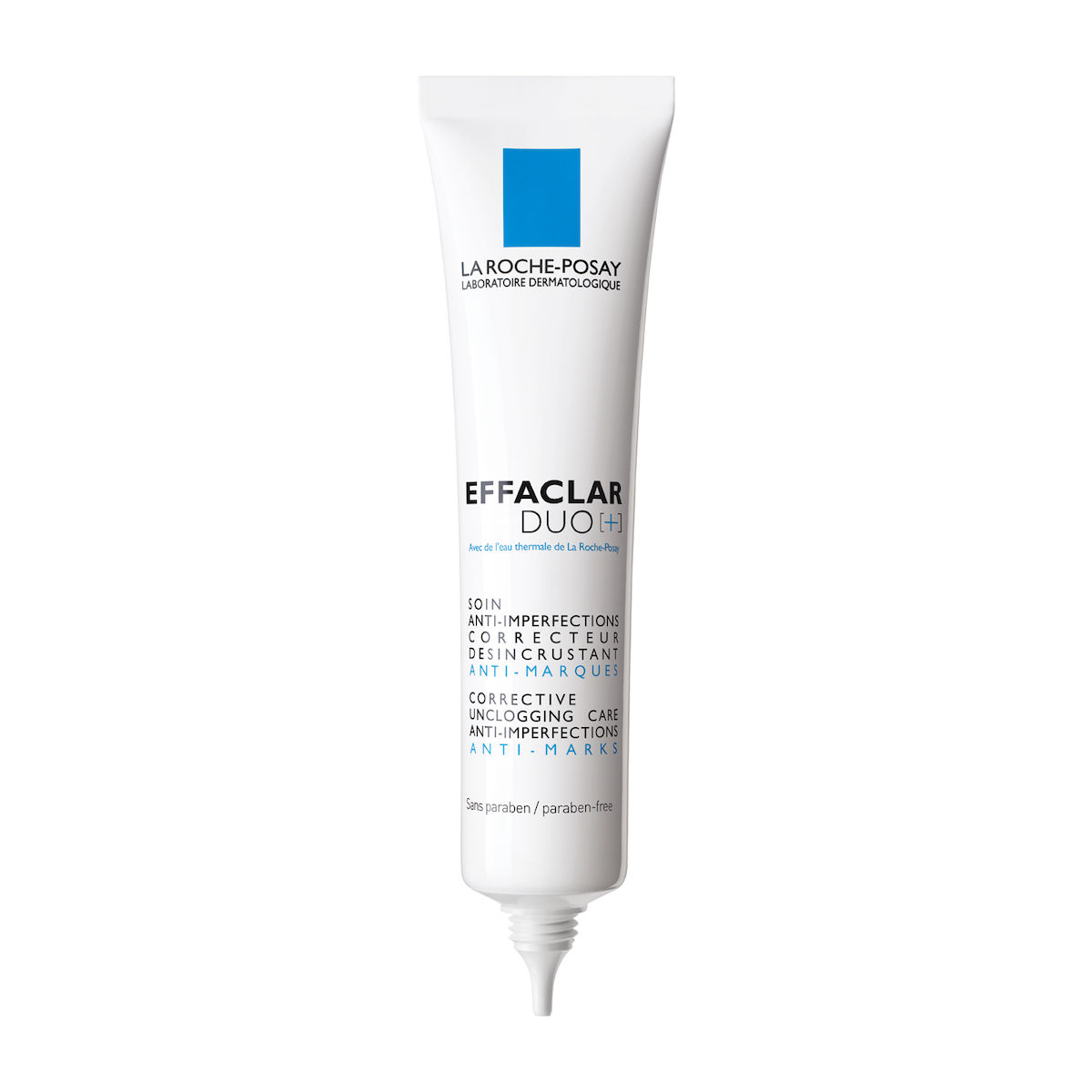
Wondering how to get rid of acne fast? While you can’t get rid of a pimple overnight, there are plenty of doctor-approved acne treatments that can shrink zits significantly—and zap redness and irritation—in a mere 24 hours (which should make it much easier to cover up. We talked to top dermatologists to get the scoop on what actually works when it comes to banishing blemishes. Read on for 11 ways to get rid of acne, plus learn about the different types of acne and what each type responds to best when it comes to treatment.
How to Get Rid of Acne Fast: 11 Breakout Treatments
1. Tea Tree Oil

“Tea tree oil is also something I would recommend to relieve any pimples, as it helps inhibit the growth of acne-causing bacteria due to its astringency and also increases cell turnover to help pimples heal faster,” says dermatologist David Bank, M.D..
2. Salicylic Acid
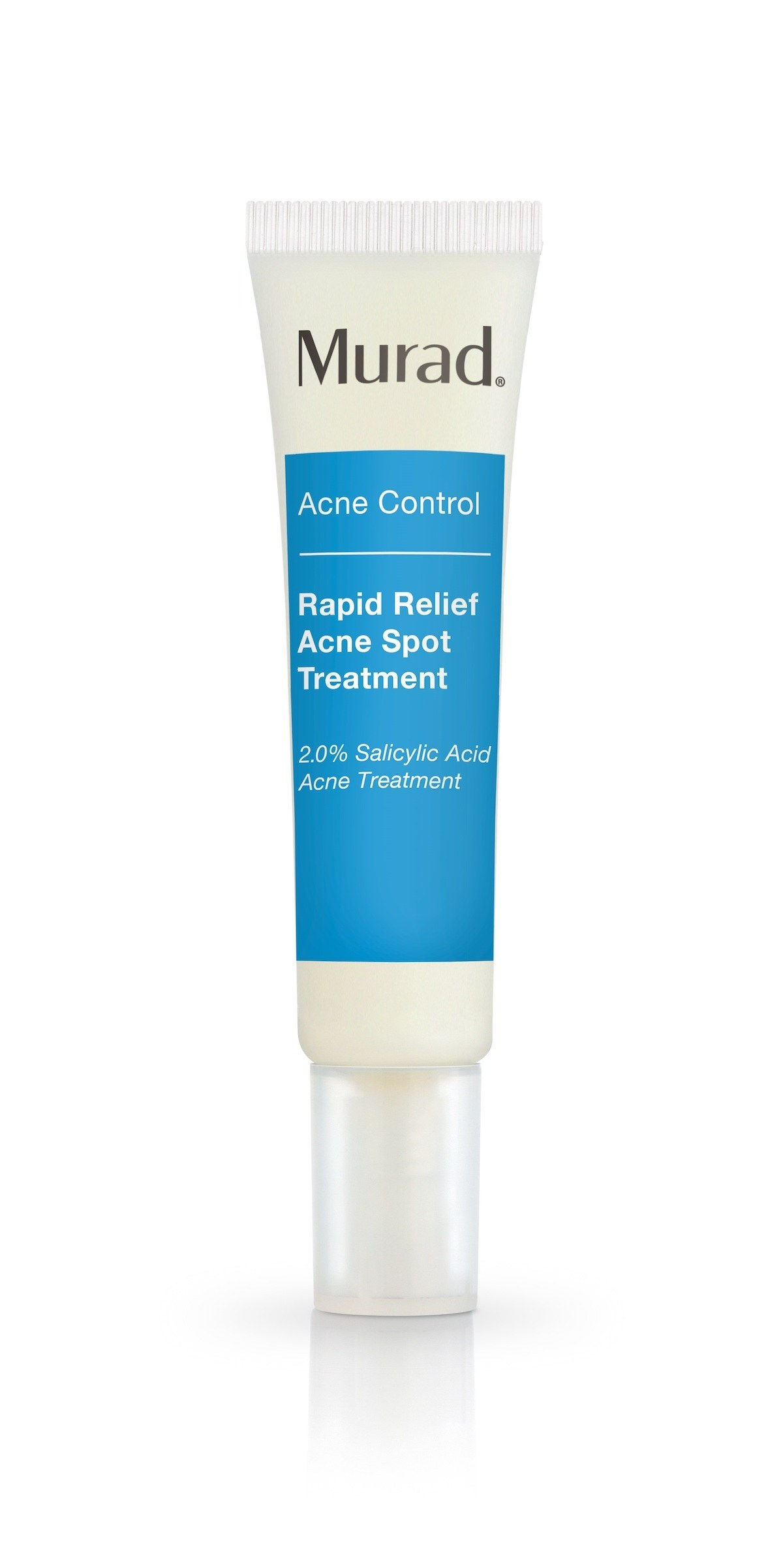
Murad Rapid Relief Acne Spot Treatment, $22
You can find it in many drugstore products—just take a peek at the label. Dermatologist Dendy Engelman, M.D. likes the Benzac line. “It’s active ingredients are salicylic acid and East Indian Sandalwood oil—salicylic acid is a beta hydroxy acid that serves as a keratolytic agent (meaning it dissolves keratin). It unclogs pores by penetrating into the pore to dissolve dead skin cell accumulation and aids in shedding of the top layer of skin. East Indian sandalwood oil is a naturally occurring anti-inflammatory agent, which is new to the skin care scene. It soothes the skin and fights off inflammation that often accompanies breakouts.”
3. Benzoyl Peroxide
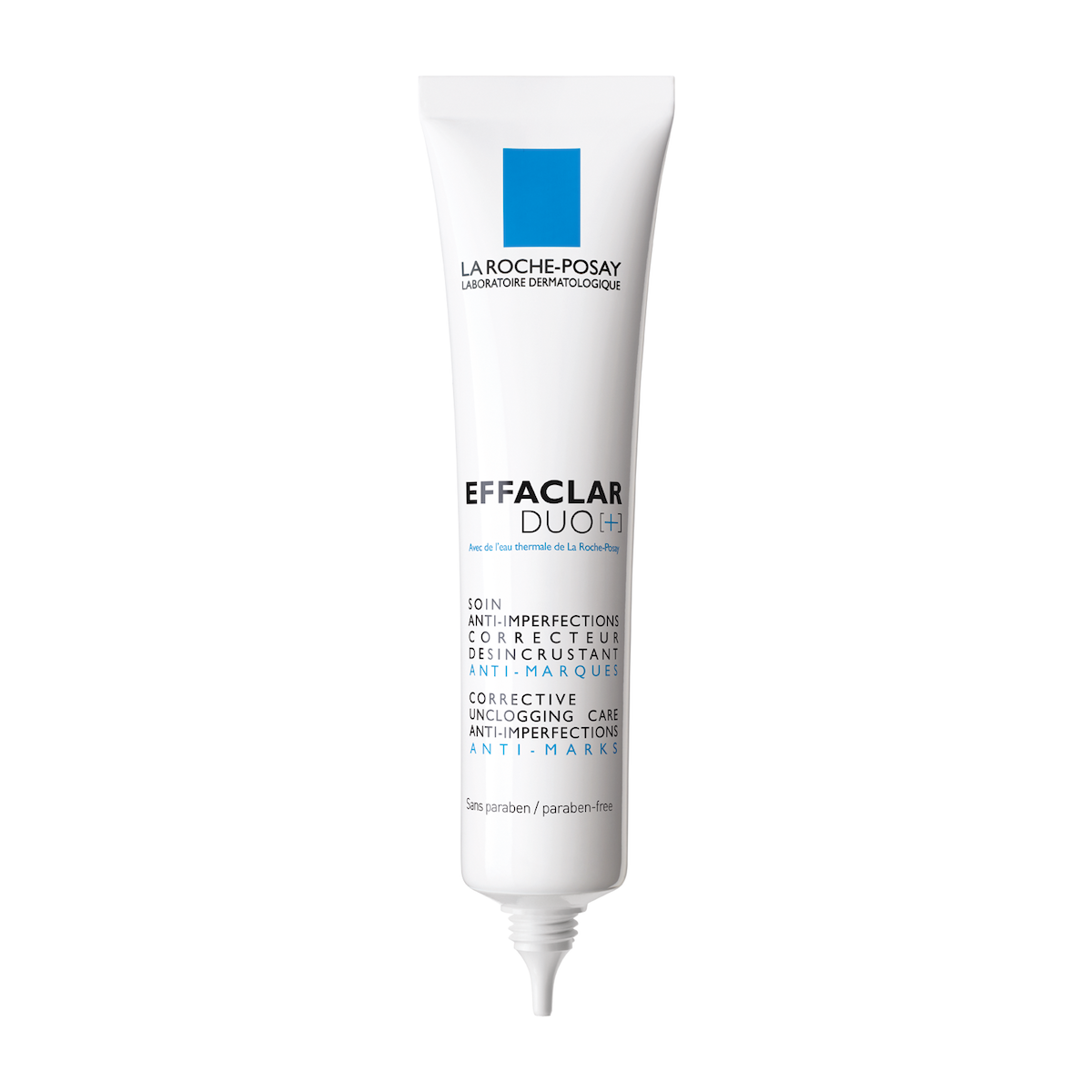
“Other good over-the-counter options are benzoyl peroxide-containing agents,” says Dr. Engelman. “I like La Roche-Posay Effaclar Duo. Benzoyl peroxide is anti-microbial, attacking the bacteria that is associated with acne. The La Roche Posay product also contains Lipohydroxy acid (LHA), which serves as an exfoliator to smooth roughness and even out skin texture.”
4. Clay Masks
Potentially the easiest and cheapest option, “Clay masks help draw out impurities such as dirt and oil at the surface level of the skin which helps with acne breakouts. It will help to dry up the acne,” says Dr. Bank. You can usually find a large tube (meant for your entire face) at the drugstore, and using it as a spot treatment will make it last forever. Just look for a mask with kaolin or bentonite clay as the primary ingredient.
5. Acne Dots
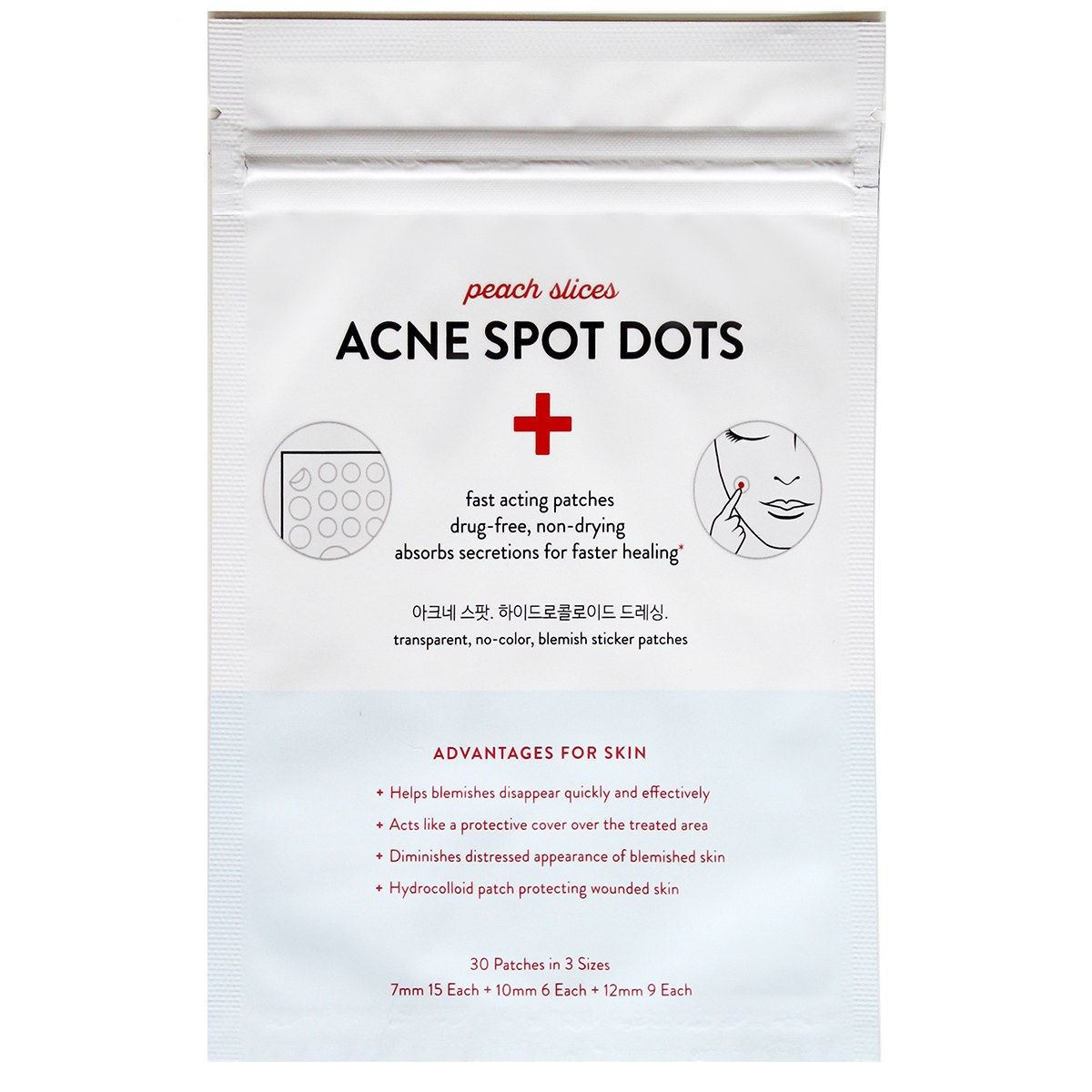
A new, big trend in acne treatments over the past year has been stick-on dots. Some brands, like Nexcare Acne Absorbing Covers, aren’t medicated; instead, the clear, absorbent, sterile patches (which feel more like gel than a Band-Aid) dry out the zit like a sponge. Bonus: They’ll keep you from picking at it! Despite the fact that they contain no actual medicine, the Nexcare covers have a perfect five-star rating on drugstore.com and a cult following. Meanwhile, many brands do medicate their acne dots, like Peter Thomas Roth’s new Acne-Clear Invisible Dots. These invisible stick-on patches contain salicylic acid, tea tree oil, and hyaluronic acid to disinfect and clear clogged pores.
6. Drying Lotions
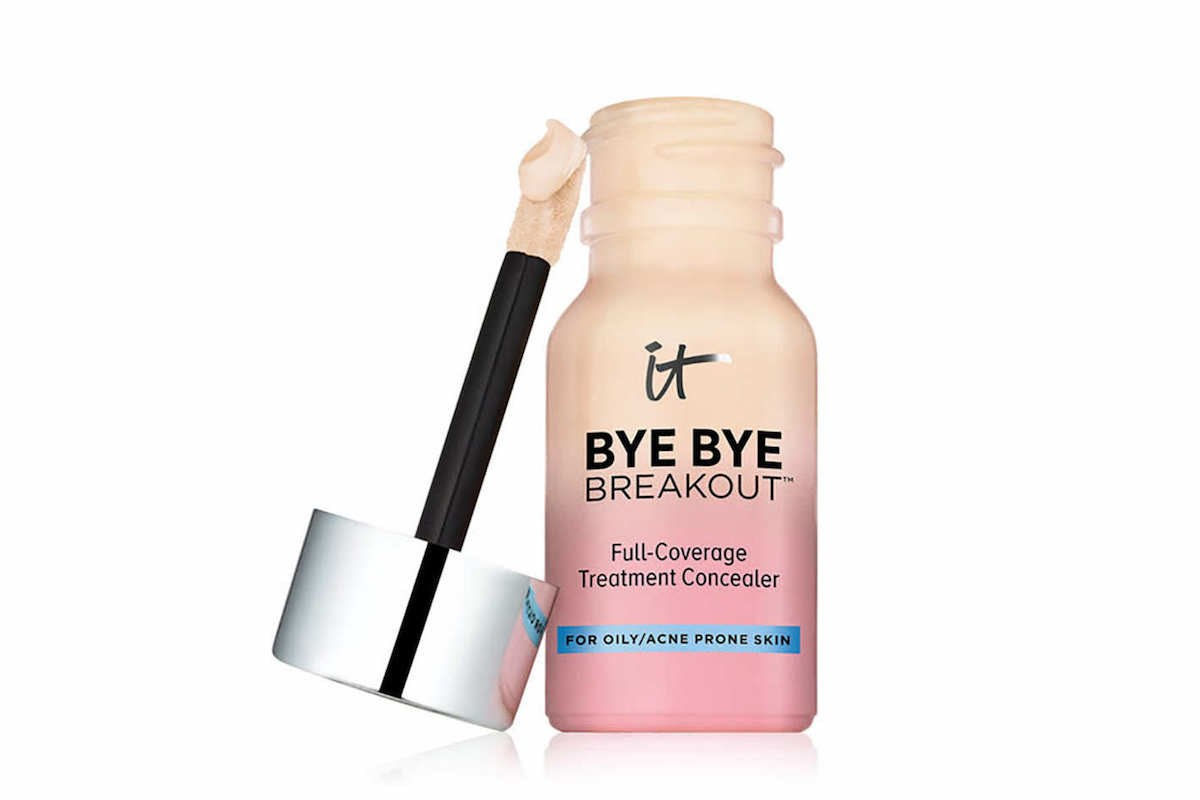
You’ve probably seen those tiny glass jars filled with liquid and some solid sediment at the bottom—sometimes it’s pink, sometimes it’s white, and (in the case of my favorite product) sometimes it’s flesh-tone. The solid in the jar is usually a mix of drying ingredient like camphor, sulfur, and zinc oxide, but many brands throw in a few little extras. Cult-favorite Mario Badescu Drying Lotion adds calming calamine and exfoliating salacylic acid to their formula, while my favorite, End-Zit Acne Control Drying Lotion, keeps it simple, but comes in several shades so that it conceals your breakout while it treats it.
7. Crushed Aspirin
“Crushed aspirin, combined with a little bit of water, removes excess oil and exfoliates the skin,” says Dr. Bank.”Aspirin itself contains a salicylic acid in it which help dissolve dead skin and help reduce the possibility of clogged pores. It will help to dry out any acne lesion, and it also helps the redness and swelling that are often associated with pimples.”
8. LED Light Therapy
“LED [light emitting diode] treatments are incredible for killing acne-causing bacteria and reducing inflammation,” says Dr. Engelman.
9. A Retinoid Prescription
Ask your doctor to recommend a brand. “Epiduo is my favorite,” says Dr. Engelman. “It contains BPO benzoyl peroxide and adapalene, which is a retinoid that helps unclog pores and reduce inflammation in the skin.”
10. Cortisone Injections
“Cortisone injections help treat painful acne flareups and are good for getting rid of it quickly. However, they should not be administered regularly,” cautions Dr. Bank. “Cortisone shots contain an antiinflammatory steroid medication called triamcinolone, which helps reduce the swelling of a glaring pimple or cyst, normally within 24 to 48 hours.”
11. Jessner Peels
“Jessner Peels help to reduce acne lesions overnight by drying them out. They also help to remove the top layers of the skin that cause dry skin and acne flareups. It’s important to note that the use of retin-A may cause the acids in the peel to intensify, so if you are using a prescription retin-A it’s important to stop using it one week prior to getting the peel,” says Dr. Bank. For those with less severe acne or occasional breakouts, there are other types of chemical peels your derm can give you to exfoliate your skin, dry up acne, and help create an instant glow (great for if you’re trying to remove a few lingering pimples before a big event in a few days).
Understanding What Treatments Work Best for Different Types of Acne
As you go about treating acne, it’s important to remember that all acne isn’t the same. What works really well for one kind of pimple might not work at all for another. You want to use the type of acne treatment that targets your particular kind of acne. If you use the wrong treatment you might even make your breakouts worse. The first step in how to get rid of acne is understanding what kind of acne you have—read on to learn about blackheads, white heads, small red bumps, hormonal acne and cystic acne, and how to best treat each.
Blackheads
Blackheads are, essentially, open comedones. “Comedone refers to plugging of the follicular opening,” explains NYC dermatologist Elizabeth Hale, M.D., referring to hair follicles that technically cover your entire face and body (hi, peach fuzz). “Every hair follicle appears in a sebaceous gland.” So a blackhead is the mixture of dead cells, bacteria, and grime that builds up and hardens in the follicular opening—but it’s open to the world, which is why blackheads are so easy (read: tempting) to push out.
The best way to fix them: You have a few options with these. The first would be to visit an aesthetician or a dermatologist for a deep-cleaning in a sterile environment. The second? Use an exfoliator. That could be a face scrub, retinol—which boosts skin cell turnover—or even facial cleansing brushes. If you go this route, just pick one. “You just don’t want to combine all them, since that’ll make skin sensitive,” adds Dr. Hale.
Whiteheads
Whiteheads are closed comedones—so, blackheads that are covered at the top. As a result, you can’t see its darker-colored contents, but you do get that telltale white speck.
The best way to fix them: This is where the classic zit treatments come into play. “Topical medications are the best way to treat a lesion like this,” says Jennifer Chwalek, M.D., a dermatologist at Union Square Laser Dermatology in NYC. “Benzoyl peroxide-, salicylic acid-, or sulfur-based products can help to dry it up.” She prefers salicylic acid over benzoyl peroxide for these, since the latter can cause irritation, dryness, and even post-inflammatory hyperpigmentation (a.k.a. dark spots) in those with darker skin tones. Retinol works well for these, too.
Small Red Zits
Meet papular pustules, not a Harry Potter reference but a kind of cystic acne. “These red bumps are inflammatory papules,” explains Dr. Hale. “They don’t necessarily have a whitehead and they’re likely to scar.” Since they’re inflamed, they may be sensitive to the touch too—which is fine, as you probably wouldn’t want to touch them anyway.
The best way to fix them: Since they’re more closely related to bacteria than your hormones or a lack of exfoliation, papular pustules require a different plan of attack entirely. “Inflammatory acne types really respond to antibiotics, either topical or systemic,” says Dr. Hale. These, of course, require a trip to your dermatologist. To tide you over, you could also try applying hydrocortisone cream, which temporarily takes down redness and swelling. But in the long run, it won’t do much to make these disappear completely or keep them from popping up again.
Hormonal Acne
It’s like clockwork…on your face. Every month, you probably start to feel bloated and notice a near breakout around your chin and jawline. It’s not you—it’s your hormones. “Normal hormonal fluctuations can trigger outbreaks,” explains Dr. Hale. “They’re more common along the chin and jaw than on your T-zone.”
If you’re experience hormonal acne every single month—and it’s don’t-want-to-leave-the-house bad—it’s worth visiting your doctor to rule out polycystic ovarian syndrome, a hormonal imbalance that can lead to infertility, anxiety, and depression. Birth control medications, which help regulate hormone levels, are effective in preventing these kinds of breakouts, says Dr. Hale, who’s also a fan of DIY remedies when it comes to how to get rid of acne. Home remedies like crushed aspirin application are among her top treatment choices. “You’re basically applying pure salicylic acid to it,” she explains.
Cystic Acne
Cysts, which are also called blind pimples, are the very worst kind of acne. Basically, cysts are made up of sebaceous content (again, a gross combination of oil, dirt, and bacteria) that’s trapped beneath the skin and has no way out—so they just live and grow under the skin, causing both a bump and, in some cases, pain. “These take longer to resolve on their own, are less responsive to topical treatments, and over time may lead to scarring,” says Dr. Chwalek. Um, no thanks.
Do not—we repeat, do not—even think about attempting to get this out yourself. “With deep zits, there’s no exit strategy, so if you’re pushing on it to try to get rid of it, it could actually leak sebum into the dermis and cause more lesions,” explains Dr. Hale. Instead, this is the time to visit your dermatologist for a cortisone injection, which should take care of it in 24 hours. If you’re sitting here wondering why doctors don’t just shoot all of your zits up with cortisone, that’s because that it can actually lead to scarring or even a depression in your skin, especially with smaller zits, says Dr. Chwalek. That’s why cortisone shops reserved for the oversize monsters like these.
See More:
8 Things You Should Never Do When You Have a Zit
Is There Anything That Will Fade Post-Acne Dark Spots? How to Get Rid of Acne Scars
Say Goodbye to Bacne: How to Get Rid of Acne on Back
24 Hours of Korean Beauty: Test 73 Products in One Day:

